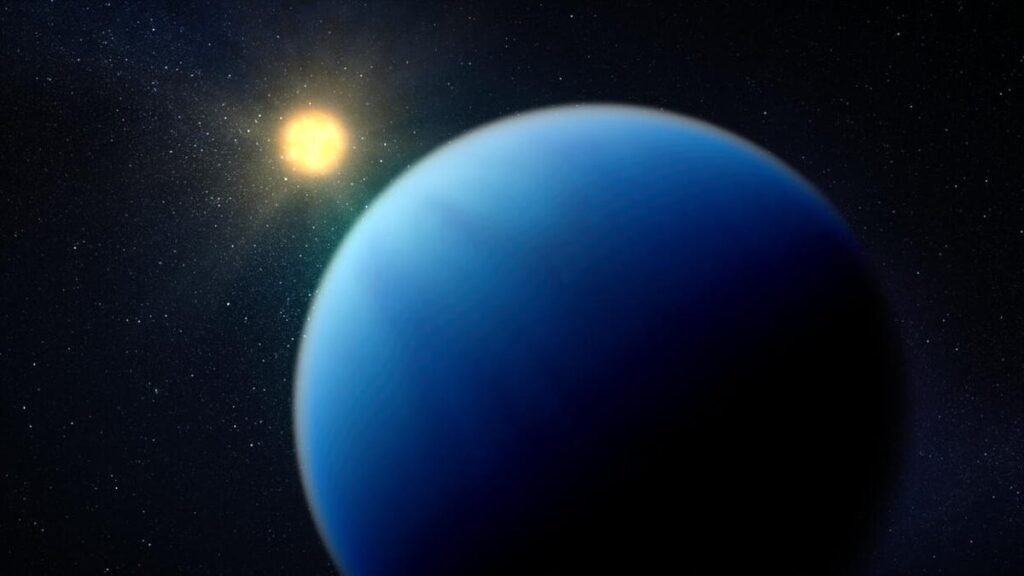The James Webb Space Telescope just zoomed in on the atmosphere of a planet discovered in 2020 — and now we have the clearest data about an exoplanet that there’s ever been.
The awkwardly named Planet TOI-421b’s exoplanet status means that it doesn’t orbit our sun. (Exoplanets are defined as any planet beyond our solar system.)
Don’t expect to travel there any time soon. It’s 244 light-years away from the Earth — for comparison, the dwarf planet Pluto is only five and a half light-hours from us. Even still, the planet orbits a similar star to our sun, and is considered a sub-Neptume planet, because it’s larger than Earth, but smaller than Neptune, which itself is four times larger than Earth.
The planet was discovered through astronomical transit, which means astronomers noticed that a star dimmed as TOI-421b passed it in orbit. This isn’t a heavenly body that a hobbyist can spot, but the best cameras out there can get you started with astrophotography.
The exoplanet was mapped out by a team of astronomers from NASA, the European Space Agency and the Canadian Space Agency, who worked together to analyze the planet’s atmosphere using a form of study called spectroscopy. By parsing out light frequencies in a planet’s atmosphere, scientists can figure out what elements are present — and which are missing.
TOI-421b’s atmosphere is rich in hydrogen, and contains signs of water vapor. But it doesn’t contain signs of methane, which leads to hazy, unclear atmospheric conditions.
Most sub-Neptune exoplanets have atmospheres shrouded in haze, which makes them difficult to image. TOI-421b was chosen for the project because the initial analysis led scientists to believe that the planet could be accurately and clearly pictured through spectroscopic imaging.
Is this planet a ‘unique snowflake’?
The team of astronomers published their findings in the Astrophysical Journal Letters, where all of the key data for the project is collected in one paper. You can read through the full write-up here.
The spectroscopic images of TOI-421b are accessible in the results section of the paper, and they paint a picture of many of the exoplanet’s strange and exciting properties.
Other sub-Neptune worlds had atmospheres filled with heavy gases that indicated they were potentially mostly composed of water, but TOI-421b is composed of lightweight gases — much like the star it orbits.
This has raised questions about how different types of stars could potentially impact the atmosphere of their orbiting planets. In a statement to Mashable, Eliza Kempton, the lead investigator on the study, said it was something the astronomers would need to further explore.
“We can see if this planet just turned out to be kind of a unique snowflake, or is it emblematic of a class of planets that all have similar properties,” she said.
Read the full article here

